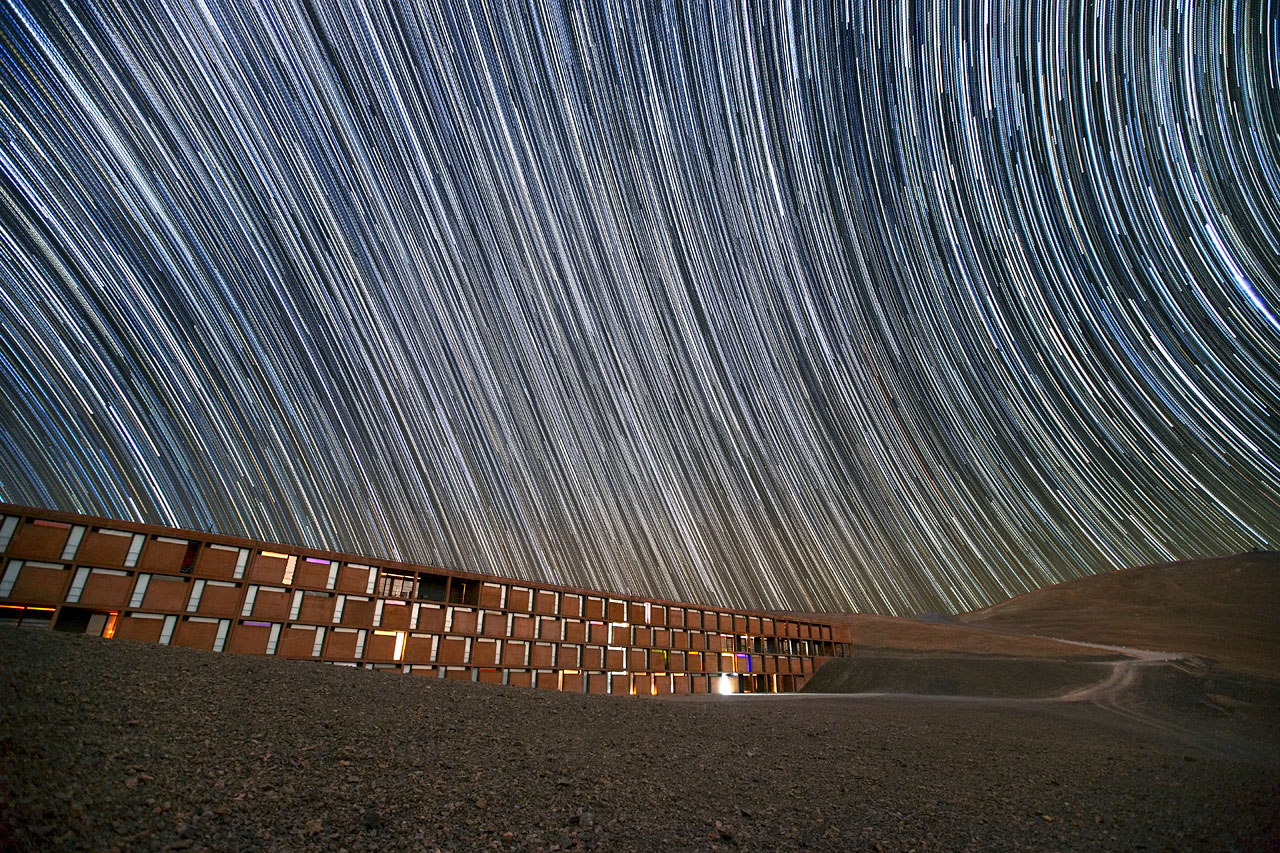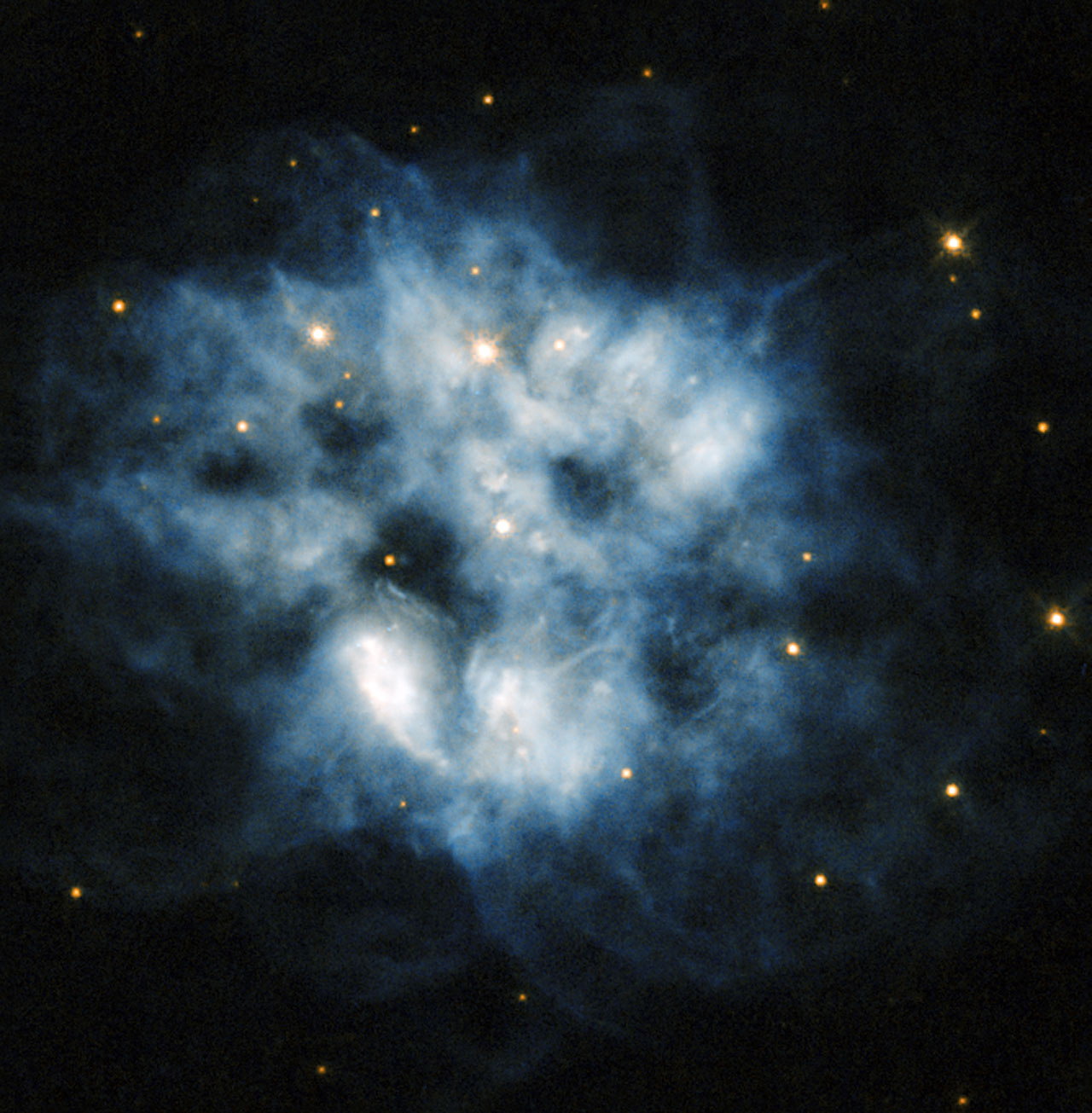Best Space Photos of the Week - Oct. 12, 2013
Star Formation
Astrophotographer Jeff Johnson sent in an image of M33, the Triangulum Galaxy, which he produced with data obtained in 2012 and 2013 from his home in Las Cruces, NM. Johnson tells SPACE.com in an e-mail that he combined H-alpha (Ha) data taken recently on Sept. 23, 2013, with LRGB data collected last year to show (in red/pink) areas of hydrogen emissions, indicating exploding stars and/or areas of star formation in M33. [See More Images]
Paranal Lines
The night sky over Chile appears filled with star trails, the result of the Earth's rotation during a camera’s long exposure. Beneath the light streaks lies the Paranal Residencia which houses staff and visitors to the European Southern Observatory's Very Large Telescope, located high on Cerro Paranal in the Chilean desert. The four-story building, completed in 2002, sits with most of its structure buried underground. If the residence looks familiar, you may have seen it in the 2008 James Bond movie, “Quantum of Solace.” [See More Images]
Life in a Northern Town
Amateur photographer Mia Stålnacke sent in a photo of an auroral display taken in Kiruna, Sweden, on Oct. 2, 2013. Kiruna lies at the highest latitude of any city in Sweden, 67.86° N., 90 miles (145 kilometers) above the Arctic Circle. [See More Images]
Blue Haze
Planetary nebula NGC 2452 lies in the southern constellation of Puppis. After a star like our sun has depleted all its fuel, it emanates a blue haze like that shown here. The core of the star loses stability and releases energetic particles that blow the star's atmosphere into space. At the center of the blue cloud sits what remains of the nebula's progenitor star. A pulsating white dwarf, this cool, dim, and extremely dense star varies in brightness over time as gravity makes waves that pulse throughout the small star's body. (Sir John Herschel created the term “planetary nebula” to describe NGC 2452 in 1847, when early telescopes did not possess enough power to establish these objects do not consist of planets.) [See More Images]
Breaking space news, the latest updates on rocket launches, skywatching events and more!

Space.com is the premier source of space exploration, innovation and astronomy news, chronicling (and celebrating) humanity's ongoing expansion across the final frontier. Originally founded in 1999, Space.com is, and always has been, the passion of writers and editors who are space fans and also trained journalists. Our current news team consists of Editor-in-Chief Tariq Malik; Editor Hanneke Weitering, Senior Space Writer Mike Wall; Senior Writer Meghan Bartels; Senior Writer Chelsea Gohd, Senior Writer Tereza Pultarova and Staff Writer Alexander Cox, focusing on e-commerce. Senior Producer Steve Spaleta oversees our space videos, with Diana Whitcroft as our Social Media Editor.




